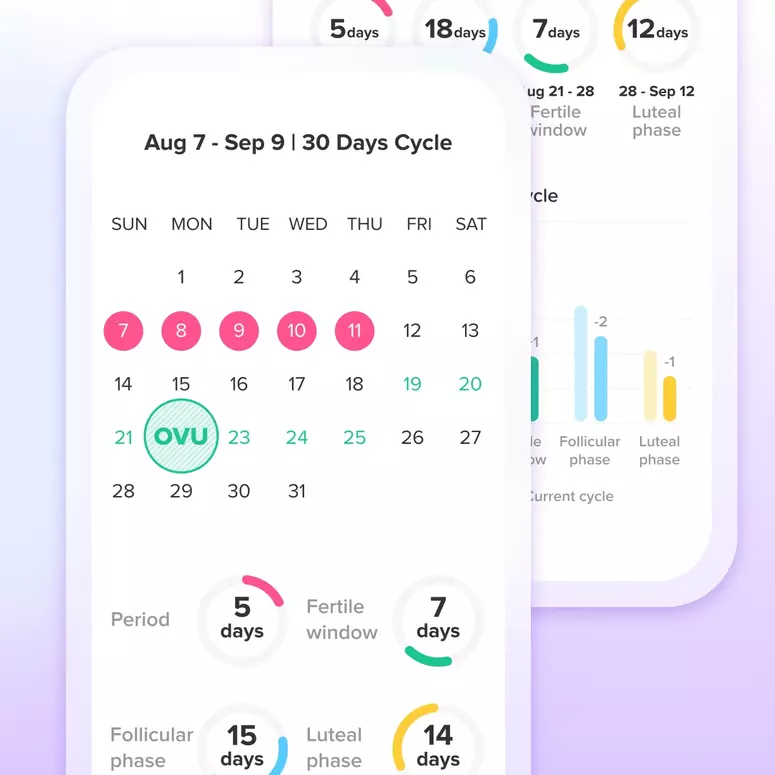A Cure in a Petri Dish.
Questions are at the bottom. I was research last night and I came across an interesting article. I'm going to include parts of the article, but here is the link of the full article:
http://blogs.kentplace.org/bioethicsproject/2017/05/25/disability-cure-syndrome/
If you read the article please remember the rules and don't discuss the second paragraph.
"Scientists at the University of Massachusetts Medical School have made a discovery they named “a cure in a Petri dish,” which silences the chromosome that causes Down Syndrome. By inserting a gene called XIST, (which is normally used to silence the second X chromosome in female mammals) scientists could silence the extra chromosome 21 causing Down Syndrome. When comparing brain cells with and without the gene XIST, scientists found that the brain cells with the gene were developing faster and were able to form cells without the extra chromosome. This discovery has the potential to essentially turn off the genetic material that causes the medical conditions often associated with Down Syndrome.
Consequently, by “curing” Down Syndrome are we taking away a part of one’s identity? Are people with Down Syndrome at a disadvantage? Does chromosome therapy come with less risk than the health issues that come with Down Syndrome? This essay explores what it means to be differently abled in the context of Down Syndrome, as it is a unique condition that many don’t consider to be a disability, and the possible ethical dilemmas that arise with the potential of chromosome therapy.
A FACTUAL BACKGROUND OF DOWN SYNDROME
In order to understand Down Syndrome chromosome therapy, one should know the biology of Down Syndrome. Down Syndrome is a condition that arises when cells have an extra copy of chromosome 21. A spectrum is often used to describe Autism, but some describe Down Syndrome using a spectrum as well. Liz Roush, a writer on the website titled The Mighty and a parent of two daughters with Down Syndrome, describes the condition using a spectrum because it takes into account how the extra chromosome can manifest in different ways. The Down Syndrome spectrum takes into account the physical and mental conditions Down Syndrome patients may face. According to the National Down Syndrome Society, physical conditions of Down Syndrome can include: intolerance to anesthesia, atlantoaxial instability, blood diseases (i.e. Leukemia), dental issues, ENT issues, airway obstruction, etc. Cognitive conditions that may arise in Down Syndrome patients can include: ADHD, Alzheimer’s, dual diagnosis of Autism and Down Syndrome, mental health issues, etc. A “severe” case of Down Syndrome would be classified as a patient having many serious physical conditions (i.e. Leukemia, airway obstruction) as well as cognitive conditions (i.e. ADHD). A “mild” case of Down Syndrome would be classified as a child having less serious physical conditions (i.e. dental issues, etc.) as well as cognitive conditions (i.e. dual diagnosis of Autism and Down Syndrome). However, it is important to note that the Down Syndrome “spectrum” is not a defined scale that neatly classifies Down Syndrome cases as “severe” or “mild.” The Down Syndrome “spectrum” is subjective and personal, for every person may have a different definition of what may be “severe” or “mild.” No one person can pinpoint where on the Down Syndrome spectrum someone may be since there is a lack of standardization when categorizing Down Syndrome. The spectrum serves as a tool to depict how there are different forms of Down Syndrome and how every patient with Down Syndrome has a different story to tell. With chromosome therapy, parents are faced with the task of altering their child’s life without knowing the extent of the severity of Down Syndrome.
THE PROCESS OF GENETICALLY "CORRECTING" DOWN SYNDROME
The finding that silences the extra chromosome 21 that causes Down Syndrome is one that has many different methods to reach the same goal. The methods to be described are all discoveries made in different years. Such methods cannot “cure” Down Syndrome before birth because the condition occurs at conception. Elixergen (2015), University of Massachusetts Medical School (2013), and University of Washington (2012) are institutes and a company that have conducted research with the motive of silencing the extra chromosome 21. Three different research studies have been included to show how the methods have similarities, yet have evolved as different scientists attempt to achieve the same goal of silencing the extra chromosome 21 that causes Down Syndrome.
In 2015, biotechnology company, Elixergen conducted experiments in hope of silencing the extra chromosome 21 in cells. First, by introducing a gene called ZSCAN 4 into a cell line derived from individuals with such trisomic conditions, researchers have been able to produce cells containing the typical number of chromosomes. Scientists had effectively converted a full trisomic condition (an extra chromosome 18 or 21 in every cell) into a mosaic syndrome, or a combination of cells, some with an extra chromosome and some without. Mosaicisms occur naturally in some individuals with Down Syndrome and Edwards Syndrome, but this was a mosaic condition that was induced through genetic therapy.
Next, the “Cure in a Petri Dish” was discovered by scientists at the University of Massachusetts Medical School. The institute was amongst the first to find that it may be possible to switch off the genetic material responsible for the condition that causes cognitive delays, heart defects and shortened lifespans. Their procedure allows DNA to be cut and pasted, to drop a gene called XIST into the extra chromosome in cells taken from people with Down’s syndrome. Once in place, the gene caused a buildup of a version of a molecule called RNA, which coated the extra chromosome and ultimately shut it down.
Finally, researchers at the University of Washington used an adeno-associated virus to deliver a foreign gene called TKNEO into a particular spot on chromosome 21, precisely within a gene called APP, which sits on the long arm of the chromosome. The TKNEO transgene was chosen because of its predicted response to positive and negative selection in specific laboratory growth mediums.When grown in conditions that selected against TKNEO, the most common reason for cells to survive was the spontaneous loss of the chromosome 21 harboring the transferred gene. Other survival tactics were point mutations, which are single, tiny alterations in DNA base pairs; gene silencing, which meant TKNEO was “turned off” by the cell; or deletion of the TKNEO. According to the Washington University study, Down Syndrome leukemia patients might be able to receive a transplant of their own stem cells without the extra chromosome (or healthy blood cells) created from their fixed stem cells. People with Down Syndrome are known to have a higher risk of getting blood diseases such as Leukemia. With such an application of chromosome therapy, leukemia Down Syndrome patients will essentially be able to use their own stem cells as part of cancer care and be able to recover from physical health issues associated with Down Syndrome.
Currently such research has been done using cells extracted from patients who have Down Syndrome and other trisomic disorders. In other words, such medical advances has not been tested using actual patients. The proposed chromosome therapy for Down Syndrome would be administered to patients after birth. However, the potential of the proposed gene therapy has led to ethical debates over disability, identity, and fairness."
This article goes deeper into identity, how DS is diagnosed, the ethicalness of "curing" DS kids, etc. Its a fairly short article and O encourage people to read it.
Here are my questions:
-Is curing DS ethical?
-Is it "taking away" the child's identity?
-Would you cure your child of DS?
Achieve your health goals from period to parenting.




